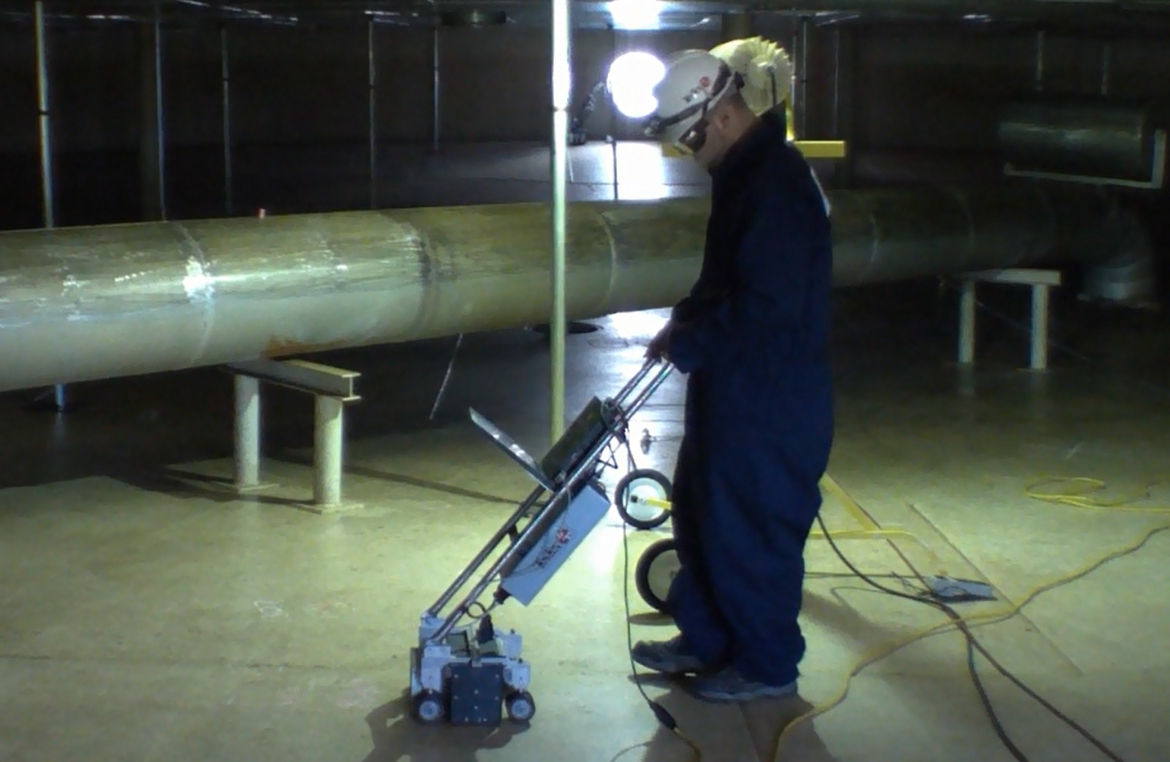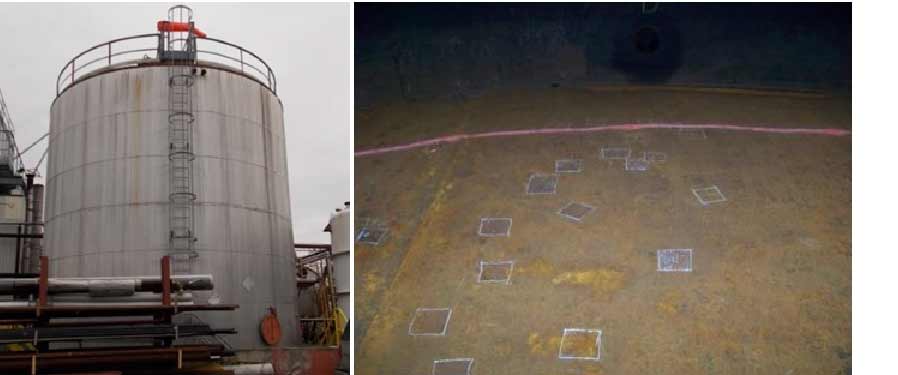Comprehensive Overview to Effective Tank Welding Evaluation Techniques and Ideal Practices for Quality Control
In the world of container welding, rigorous assessment methods are paramount for guarding architectural honesty and making sure compliance with market policies. As we explore these crucial elements, it becomes clear that a positive inspection strategy is not simply valuable, yet essential for functional success in atmospheres dealing with dangerous products.
Value of Tank Welding Inspection

Tank welding examination works as a preventative step, determining prospective issues such as fractures, porosity, or improper joint penetration prior to they intensify into serious problems. Routine inspections not just adhere to market policies and criteria however also enhance the durability of the containers, minimizing the requirement for pricey repairs or substitutes.

Visual Assessment Methods
Using organized visual examination techniques is critical for examining the top quality and honesty of bonded joints in storage tanks. This approach offers as the initial line of defense in identifying prospective defects such as cracks, damages, and not enough infiltration. The assessor needs to come close to the job with a keen eye, using ideal devices like amplifying glasses, flashlights, and mirrors to enhance exposure.
Throughout the assessment process, the inspector should examine the weld profile, ensuring it sticks to defined standards and guidelines (Tank Welding Inspection). This includes checking out the grain size, height, and combination with the base material. Inspectors should also pay close attention to the bordering areas for signs of thermal distortion or contamination that may influence the weld's efficiency
Documentation of findings is important; inspectors ought to tape-record any type of anomalies, categorizing them by intensity for further analysis. This methodical strategy not only help in prompt flaw recognition however also adds to long-lasting top quality assurance by making sure compliance with market requirements. Routine training and calibration of visual examination methods even more boost the integrity of assessments, eventually causing much safer and a lot more sturdy container frameworks.
Non-Destructive Evaluating Approaches
Non-destructive testing (NDT) approaches are often employed in storage tank welding inspections to analyze the integrity of welded joints without endangering their structural stability. These techniques are vital for determining issues such as splits, voids, and additions that might result in devastating failings if left undetected.
Common NDT techniques consist of ultrasonic testing (UT), which uses high-frequency audio waves to discover internal problems; radiographic screening (RT), using X-rays or gamma rays to picture weld frameworks; and magnetic bit screening (MT), which discloses surface and near-surface interruptions in ferromagnetic products (Tank Welding Inspection). Fluid penetrant screening (PT) is also widely utilized, efficient in discovering surface-breaking problems by applying a fluorescent or shade contrast color
Each NDT approach has its certain applications and benefits, making it vital for examiners to choose the ideal strategy based upon the material and the type of weld being examined. The assimilation of these NDT approaches into the evaluation process improves the total quality control structure, ensuring that welded containers fulfill safety and security and performance standards. Inevitably, NDT plays a crucial function in maintaining the why not check here stability and durability of storage tank structures in different commercial applications.

Documents and Coverage
Making certain thorough documentation and reporting during storage tank welding examinations is vital for preserving compliance with market standards and helping with efficient communication amongst stakeholders. Appropriate paperwork functions as a comprehensive document of examination tasks, findings, and any kind of rehabilitative activities taken throughout the welding process. This info is important not only for quality control but also for audits and regulative testimonials.

A well-structured inspection record must include details such as the date of evaluation, names of examiners, welding treatments utilized, materials utilized, and any kind more info here of variances from continue reading this developed standards. In addition, photos and diagrams can enhance the quality of the report, supplying visual context to the searchings for. It is likewise vital to document any kind of non-conformities together with their resolution, ensuring that all stakeholders are informed of prospective risks and the actions required to mitigate them.
Additionally, keeping a central data source for all inspection records enables very easy access and evaluation, fostering a culture of transparency and responsibility. By focusing on meticulous paperwork and reporting, organizations can not only promote quality control yet also enhance their credibility within the sector, ultimately causing enhanced safety and security and functional effectiveness.
Continual Renovation Practices
Continual improvement methods are vital for boosting the quality and efficiency of container welding inspections. Executing a methodical approach to examine and fine-tune evaluation techniques promotes a culture of high quality assurance within the organization. One effective technique includes routine training and upskilling of assessment workers to stay abreast of the most up to date welding modern technologies and standards. This makes sure examiners possess the essential expertise and abilities to identify flaws precisely.
Furthermore, using data-driven evaluation permits companies to track examination results, recognize patterns, and pinpoint areas for enhancement. Using devices such as origin cause evaluation can assist in understanding the underlying issues leading to defects, enabling targeted treatments. Additionally, obtaining comments from evaluation teams and stakeholders creates a collaborative atmosphere that encourages innovative options.
Integrating sophisticated modern technologies, such as automated assessment systems and real-time surveillance, can substantially improve the precision and speed of assessments. Normal audits of the evaluation procedures also add to a society of accountability and constant refinement. Inevitably, these continual enhancement techniques not only raise the top quality of storage tank welding inspections however likewise add to overall functional excellence and client satisfaction.
Final Thought
In conclusion, efficient container welding assessment is essential for making sure the architectural integrity and safety of storage systems, especially those managing unsafe products. Using a mix of visual evaluation methods and non-destructive testing techniques helps with the early identification of problems, thereby maintaining compliance with market criteria.
Comments on “How to Ensure Conformity with Tank Welding Inspection Criteria”